Home>Gardening & Outdoor>Landscaping Ideas>Why Do People Put Sand On Grass
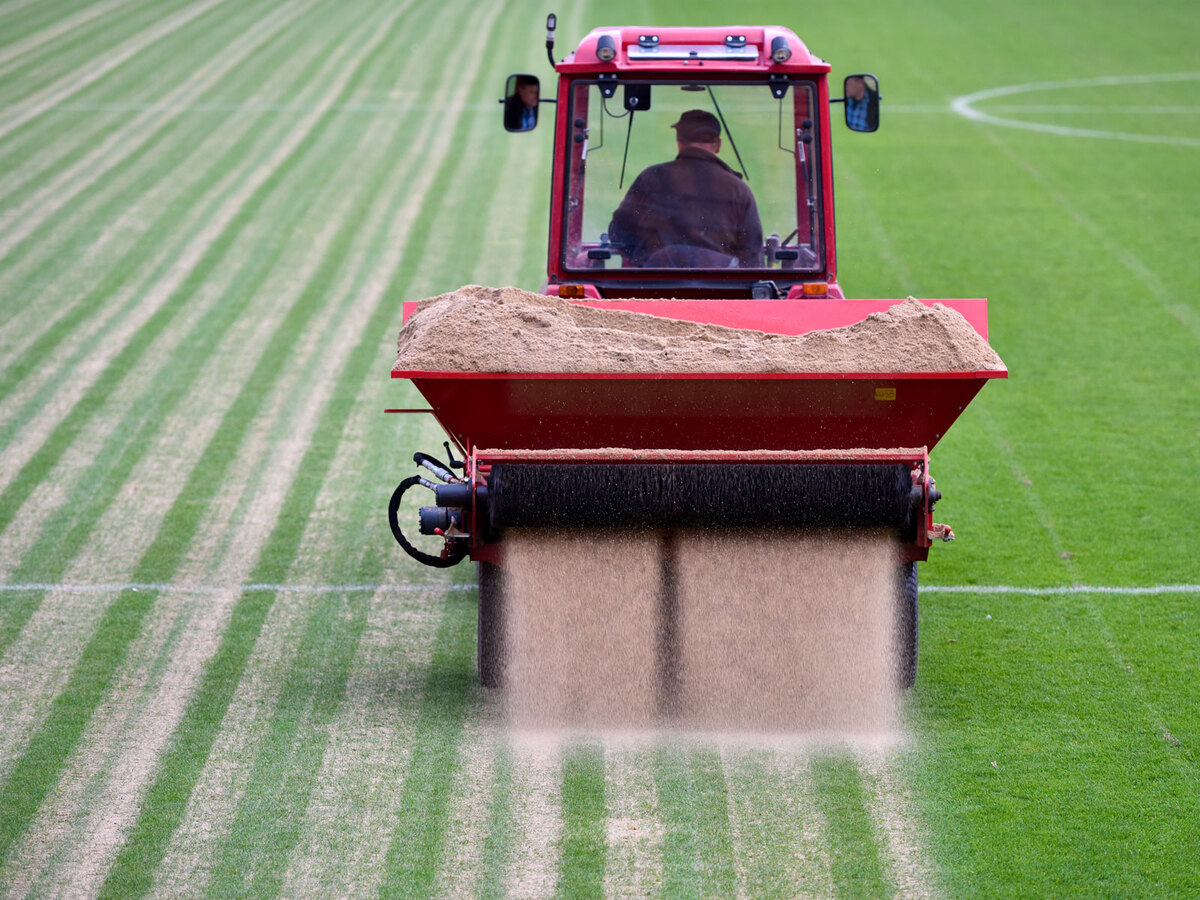

Landscaping Ideas
Why Do People Put Sand On Grass
Modified: April 1, 2024
Discover the benefits of using sand on grass and get landscaping ideas to improve your outdoor space. Learn how this simple technique can enhance the health and appearance of your lawn.
(Many of the links in this article redirect to a specific reviewed product. Your purchase of these products through affiliate links helps to generate commission for Storables.com, at no extra cost. Learn more)
Introduction
When it comes to maintaining a lush and healthy lawn, homeowners and landscapers often explore various methods to improve the soil quality and promote optimal grass growth. One such technique that has gained popularity is the application of sand on grass. This seemingly unconventional practice has sparked curiosity and raised questions among gardening enthusiasts and homeowners alike. Why do people put sand on grass? What are the benefits of this practice, and how does it contribute to the overall health and appearance of the lawn?
In the following sections, we will delve into the intricacies of using sand on grass, exploring its benefits, common reasons for its application, the types of sand used, and the proper methods for its application. By understanding the rationale behind this practice and its potential impact on the health and aesthetics of the lawn, homeowners and landscaping enthusiasts can make informed decisions about incorporating this technique into their lawn care regimen. Let's embark on a journey to uncover the secrets behind the application of sand on grass and discover how it can transform the landscape into a verdant oasis of natural beauty and vitality.
Key Takeaways:
- Applying sand on grass improves drainage, aeration, and turf quality. It reduces thatch buildup, levels uneven surfaces, and stimulates deeper root growth, creating a vibrant and resilient lawn.
- Selecting the right type of sand and applying it strategically can transform a lawn, promoting optimal turf growth and enhancing the overall beauty and vitality of the landscape.
Read more: Why Do They Put Sand On Grass
Benefits of Putting Sand on Grass
Applying sand on grass offers a myriad of benefits that contribute to the overall health and appearance of the lawn. Understanding these advantages can provide valuable insights into the rationale behind this practice and its potential impact on the landscape. Let's explore the compelling reasons why incorporating sand into lawn care can yield remarkable results:
-
Enhanced Drainage: One of the primary benefits of putting sand on grass is its ability to improve drainage. In areas where the soil is compacted or has poor drainage, the application of sand can facilitate better water infiltration and reduce the risk of waterlogging. This is particularly beneficial in regions prone to heavy rainfall or areas with clayey soil, where water retention can impede root growth and lead to turf damage. By incorporating sand, excess water is able to percolate more effectively, minimizing the risk of standing water and its associated detrimental effects on the grass.
-
Improved Aeration: Sand application can enhance soil aeration, a critical factor in promoting healthy root development and overall turf vigor. Compacted soil can restrict the flow of air to the grassroots, hindering their ability to access essential oxygen and vital nutrients. By top-dressing the lawn with sand, it creates pore spaces within the soil, allowing for improved air circulation and promoting a healthier root system. This, in turn, fosters robust grass growth and resilience, enabling the lawn to withstand environmental stressors and thrive in diverse conditions.
-
Leveling Uneven Surfaces: Uneven terrain and bumpy lawns can detract from the visual appeal and functionality of outdoor spaces. The strategic application of sand can aid in leveling uneven surfaces, addressing minor indentations, and creating a smoother, more uniform lawn. This not only enhances the aesthetic appeal of the landscape but also facilitates easier mowing and maintenance, contributing to a more enjoyable outdoor environment.
-
Thatch Reduction: Over time, lawns can accumulate thatch, a layer of dead organic matter that accumulates between the grass blades and the soil surface. Excessive thatch can impede water and nutrient penetration, leading to stressed and weakened turf. By incorporating sand into the lawn, it can help to break down thatch and promote its decomposition, thereby reducing thatch buildup and fostering a healthier growing environment for the grass.
-
Enhanced Root Development: The application of sand on grass can stimulate deeper root growth, anchoring the turf more firmly and enhancing its ability to access water and nutrients from the soil. This results in a more resilient and drought-tolerant lawn, as well as improved overall turf density and vigor.
By harnessing these benefits, the practice of putting sand on grass can significantly contribute to the vitality and longevity of the lawn, creating an environment where lush, thriving grass becomes the hallmark of a well-maintained landscape.
Common Reasons for Putting Sand on Grass
The application of sand on grass is driven by several common reasons, each contributing to the overall health and aesthetics of the lawn. Understanding these motivations provides valuable insights into the practical benefits of this practice and its potential impact on the landscape.
-
Enhanced Soil Structure: In many cases, lawns may suffer from compacted soil, which hinders root growth and limits the absorption of essential nutrients. By incorporating sand into the soil, it helps to improve its structure, promoting better drainage and aeration. This, in turn, creates an environment conducive to robust root development and overall turf health.
-
Improvement of Turf Quality: Sand application can play a pivotal role in enhancing the quality and resilience of the turf. By addressing issues such as soil compaction and poor drainage, sand fosters an environment where grass can thrive, exhibiting improved color, density, and overall vigor. This results in a visually appealing and resilient lawn that can withstand environmental stressors and maintain its lush appearance.
-
Mitigation of Thatch Buildup: Over time, lawns can accumulate thatch, a layer of dead organic matter that impedes water and nutrient penetration. The incorporation of sand aids in breaking down thatch and promoting its decomposition, thereby reducing its buildup and fostering a healthier growing environment for the grass. This, in turn, contributes to the longevity and vitality of the lawn.
-
Leveling Uneven Surfaces: Uneven terrain and bumpy lawns can detract from the visual appeal and functionality of outdoor spaces. The strategic application of sand can aid in leveling uneven surfaces, addressing minor indentations, and creating a smoother, more uniform lawn. This not only enhances the aesthetic appeal of the landscape but also facilitates easier mowing and maintenance, contributing to a more enjoyable outdoor environment.
-
Promotion of Root Growth: The incorporation of sand on grass stimulates deeper root growth, anchoring the turf more firmly and enhancing its ability to access water and nutrients from the soil. This results in a more resilient and drought-tolerant lawn, as well as improved overall turf density and vigor.
By addressing these common reasons for putting sand on grass, homeowners and landscaping enthusiasts can harness the transformative potential of this practice, cultivating a vibrant and resilient lawn that serves as a testament to effective lawn care and maintenance.
Types of Sand Used on Grass
When it comes to applying sand on grass, selecting the right type of sand is crucial to ensure optimal results and avoid potential issues. Different types of sand offer unique characteristics that can influence soil structure, drainage, and overall turf health. Understanding the various options available for sand application on grass can empower homeowners and landscapers to make informed decisions based on their specific lawn care needs. Here are the common types of sand used on grass:
1. Sharp Sand:
Sharp sand, also known as coarse sand, is characterized by its granular texture and larger particle size. This type of sand is commonly used to improve drainage and soil aeration. Its coarse nature allows for better water percolation and air circulation within the soil, making it an ideal choice for addressing compacted or poorly draining soil conditions. Sharp sand is often favored for its ability to promote healthier root development and mitigate the risk of waterlogging, contributing to the overall resilience of the grass.
Read more: Why Do People Eat Grass
2. Washed Sand:
Washed sand undergoes a thorough cleaning process to remove impurities and ensure uniform particle size. This type of sand is valued for its cleanliness and consistency, making it suitable for a wide range of landscaping applications, including top-dressing lawns. Washed sand offers improved drainage properties and can aid in leveling uneven surfaces, providing a stable and uniform foundation for the grass. Its refined composition makes it an attractive option for enhancing soil structure and promoting optimal turf growth.
3. Silica Sand:
Silica sand is renowned for its high-purity composition and excellent drainage capabilities. This type of sand is often used in turf management to address compaction and improve soil porosity. Silica sand's uniform particle size and innate resistance to compaction make it an effective choice for enhancing soil aeration and promoting robust root development. Additionally, its natural resistance to weathering and degradation ensures long-term stability, making it a valuable asset in maintaining healthy and resilient grass.
4. River Sand:
Derived from riverbeds, river sand exhibits a fine to medium texture and is prized for its natural composition. River sand is valued for its ability to improve soil structure and promote healthy turf growth. Its balanced particle size distribution facilitates improved water retention and drainage, making it suitable for addressing soil compaction and enhancing overall soil fertility. River sand's natural composition and nutrient-retentive properties make it a favorable option for nurturing lush and vibrant grass.
5. Sports Sand:
Sports sand, specifically designed for athletic fields and high-traffic areas, offers exceptional durability and resilience. This specialized sand is engineered to withstand heavy use and maintain optimal playing conditions. In addition to its role in sports turf management, sports sand can also be utilized in general lawn care to enhance soil structure and promote superior drainage. Its ability to withstand intense wear and maintain soil integrity makes it a valuable asset in preserving the health and aesthetics of the grass.
By familiarizing themselves with the characteristics and applications of these various types of sand, homeowners and landscaping professionals can make informed choices when considering the application of sand on grass. Selecting the most suitable sand type based on the specific needs of the lawn can lead to tangible improvements in soil quality, turf health, and the overall beauty of the landscape.
How to Apply Sand on Grass
Applying sand on grass is a strategic process that, when executed properly, can yield significant improvements in soil quality and turf health. The following steps outline the recommended approach for effectively applying sand on grass:
-
Assess the Lawn: Before initiating the sand application, it is essential to assess the condition of the lawn. Identify areas with poor drainage, soil compaction, or uneven surfaces that may benefit from the incorporation of sand. Understanding the specific needs of the lawn will guide the targeted application of sand for optimal results.
-
Select the Appropriate Sand Type: Choose the most suitable type of sand based on the lawn's requirements and soil characteristics. Consider factors such as particle size, drainage properties, and soil structure enhancement when selecting the type of sand for application. Each sand type offers unique benefits that can address specific soil challenges and contribute to overall turf vitality.
-
Prepare the Grass Surface: Mow the grass to an appropriate height and remove any debris or thatch that may impede the even distribution of sand. It is essential to create a clean and accessible surface for the sand application, ensuring that it can effectively integrate with the soil and promote optimal soil aeration and drainage.
-
Distribute the Sand Evenly: Utilize a spreader or broadcast the sand manually to ensure even coverage across the lawn. Pay particular attention to areas with soil compaction, poor drainage, or uneven terrain, as these regions may require a more targeted application of sand to address specific soil challenges and promote uniform turf growth.
-
Incorporate the Sand into the Soil: Once the sand is evenly distributed, use a rake or a lawn brush to work the sand into the grass and soil. This process facilitates the integration of the sand, promoting improved soil structure, enhanced drainage, and optimal root development. By effectively incorporating the sand, it becomes an integral component of the soil, contributing to the overall health and resilience of the grass.
-
Water the Lawn: Following the application of sand, thoroughly water the lawn to aid in settling the sand and promoting its integration with the soil. Adequate watering facilitates the seamless assimilation of the sand, ensuring that it becomes an integral part of the soil ecosystem and contributes to the long-term health and vitality of the grass.
By following these steps, homeowners and landscaping enthusiasts can effectively apply sand on grass, leveraging its transformative potential to enhance soil quality, promote healthy turf growth, and cultivate a vibrant and resilient lawn.
Conclusion
In conclusion, the practice of putting sand on grass offers a multitude of benefits that can significantly enhance the health, resilience, and visual appeal of the lawn. By addressing common soil challenges such as compaction, poor drainage, and uneven surfaces, the strategic application of sand serves as a transformative tool in promoting optimal turf growth and fostering a vibrant and lush landscape.
The benefits of putting sand on grass, including enhanced drainage, improved aeration, leveling of uneven surfaces, reduction of thatch buildup, and stimulation of deeper root development, underscore the profound impact of this practice on the overall health and longevity of the lawn. By leveraging these advantages, homeowners and landscaping professionals can create an environment where the grass thrives, exhibiting resilience in the face of environmental stressors and maintaining its lush and vibrant appearance.
Furthermore, understanding the common reasons for putting sand on grass, such as enhancing soil structure, improving turf quality, mitigating thatch buildup, and promoting robust root growth, provides valuable insights into the practical applications of this technique. By addressing these underlying soil challenges, the application of sand becomes a strategic intervention that nurtures a healthy and resilient lawn, setting the stage for a verdant oasis of natural beauty and vitality.
When considering the types of sand used on grass, the diverse characteristics and applications of sharp sand, washed sand, silica sand, river sand, and sports sand offer homeowners and landscaping professionals a range of options to address specific soil needs and promote optimal turf health. Selecting the most suitable sand type based on the unique requirements of the lawn empowers individuals to make informed decisions that align with their lawn care goals, ultimately contributing to tangible improvements in soil quality and turf vitality.
Finally, the proper application of sand on grass, encompassing essential steps such as assessing the lawn, selecting the appropriate sand type, preparing the grass surface, distributing the sand evenly, incorporating it into the soil, and watering the lawn, forms the cornerstone of a successful sand application strategy. By following these steps, individuals can harness the transformative potential of sand, creating an environment where the grass flourishes and the landscape radiates with natural beauty and resilience.
In essence, the practice of putting sand on grass transcends conventional lawn care, offering a holistic approach to nurturing a vibrant and resilient landscape. By embracing the benefits, understanding the motivations, selecting the right sand type, and employing proper application techniques, individuals can unlock the full potential of this practice, transforming their lawn into a thriving testament to effective soil management and sustainable turf health.
Frequently Asked Questions about Why Do People Put Sand On Grass
Was this page helpful?
At Storables.com, we guarantee accurate and reliable information. Our content, validated by Expert Board Contributors, is crafted following stringent Editorial Policies. We're committed to providing you with well-researched, expert-backed insights for all your informational needs.
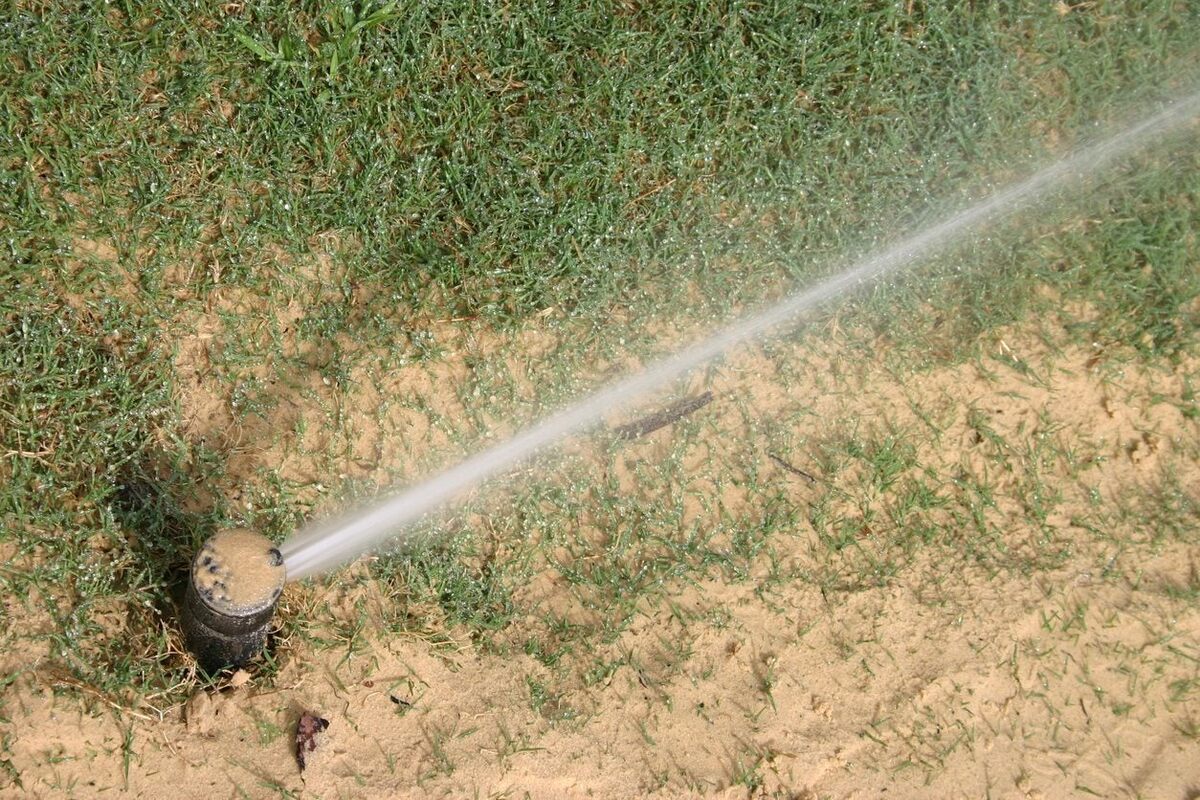


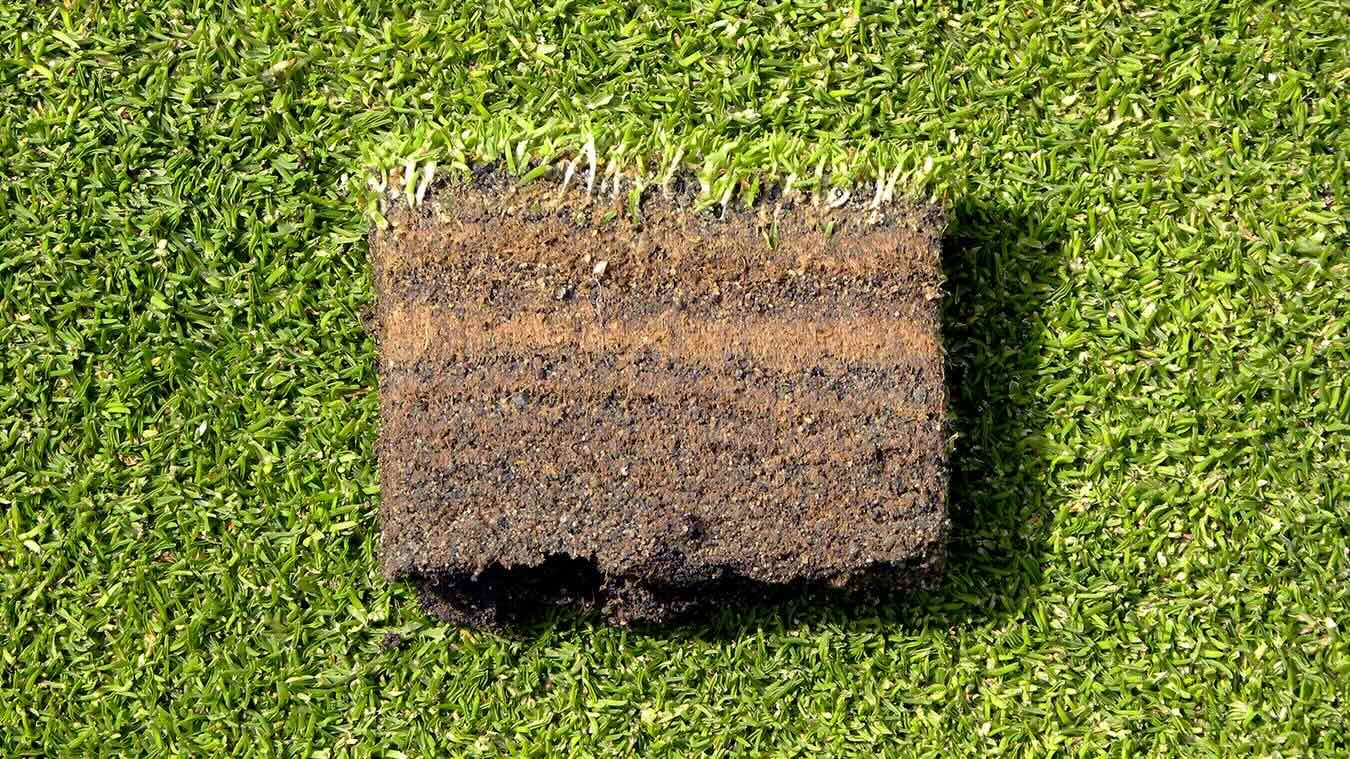



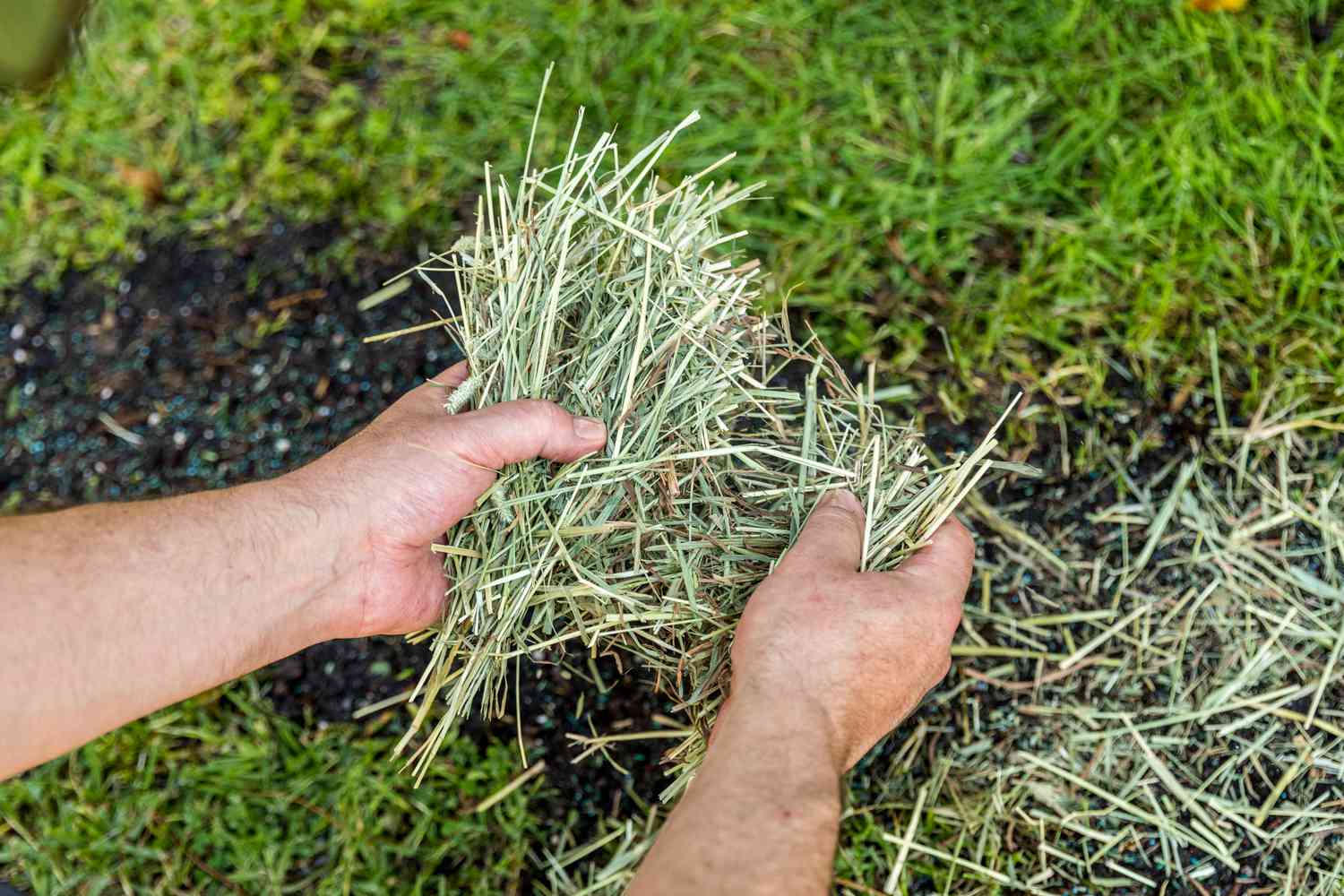
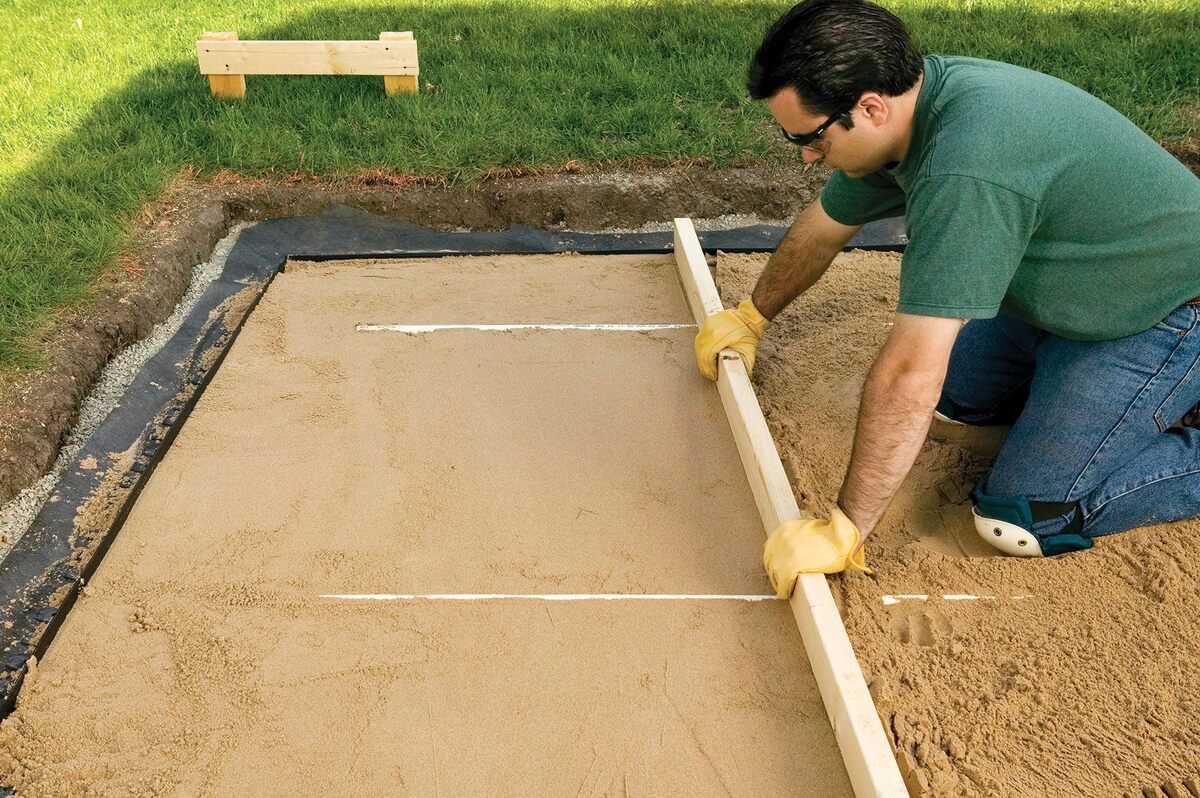


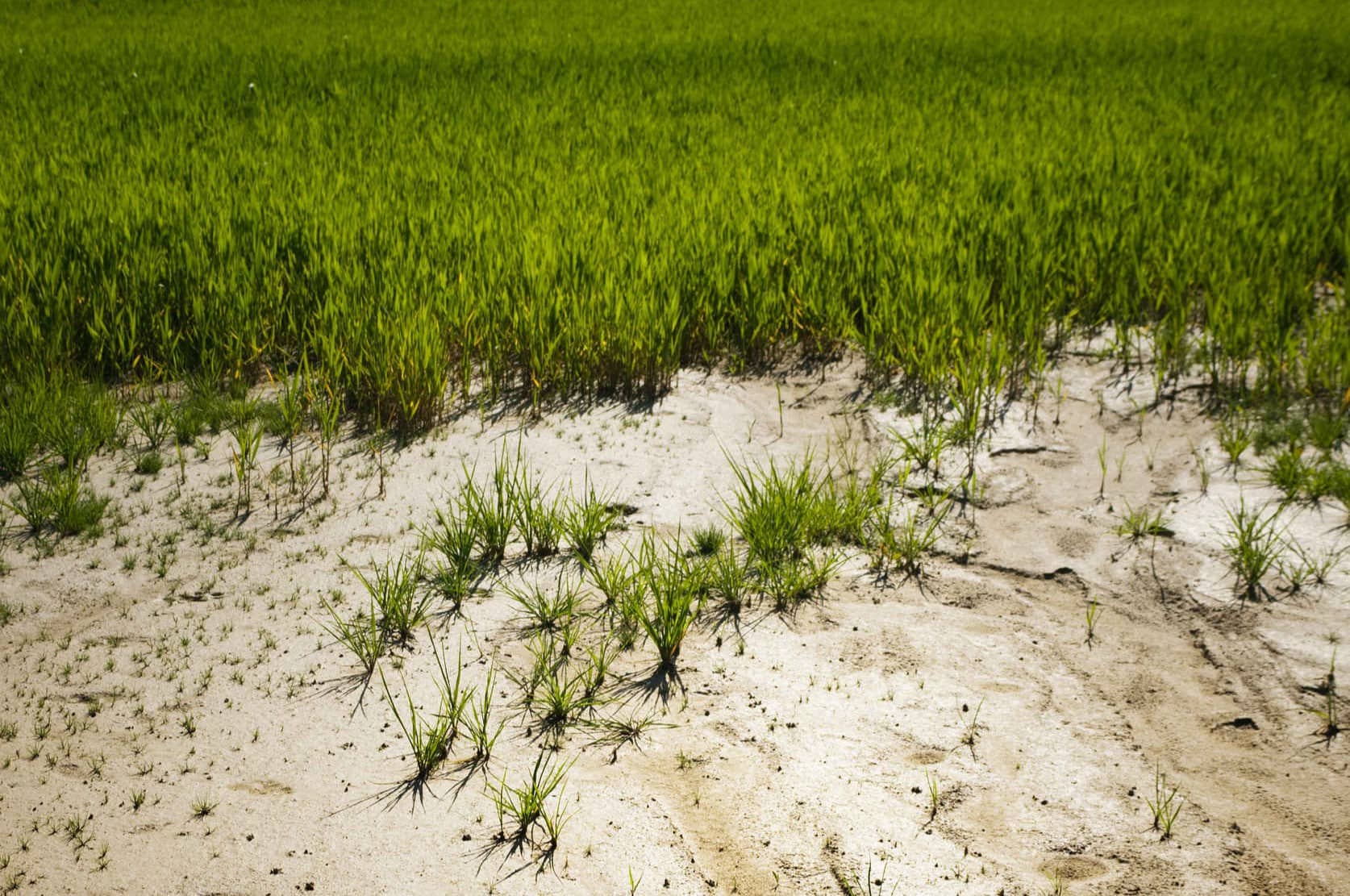
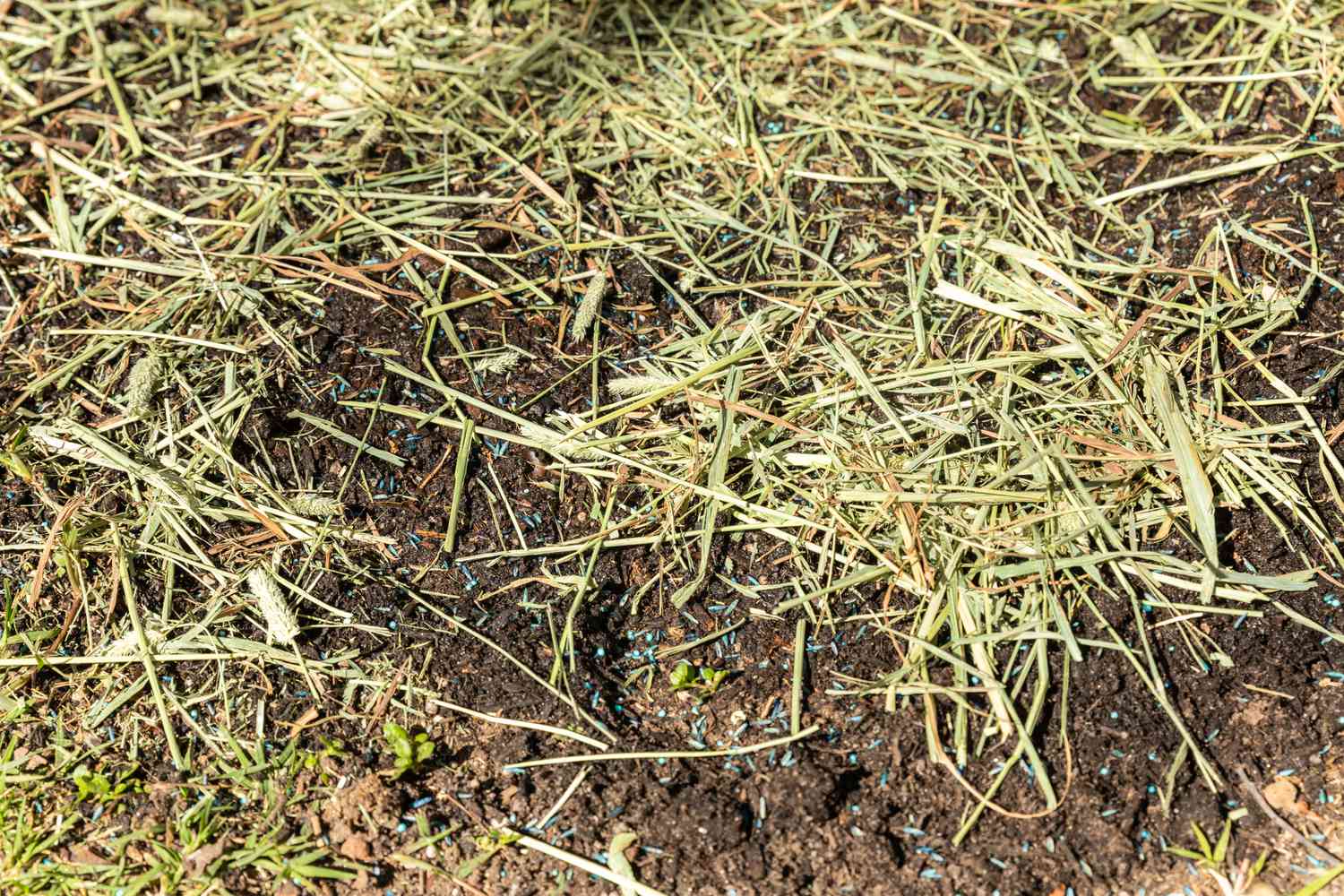

0 thoughts on “Why Do People Put Sand On Grass”